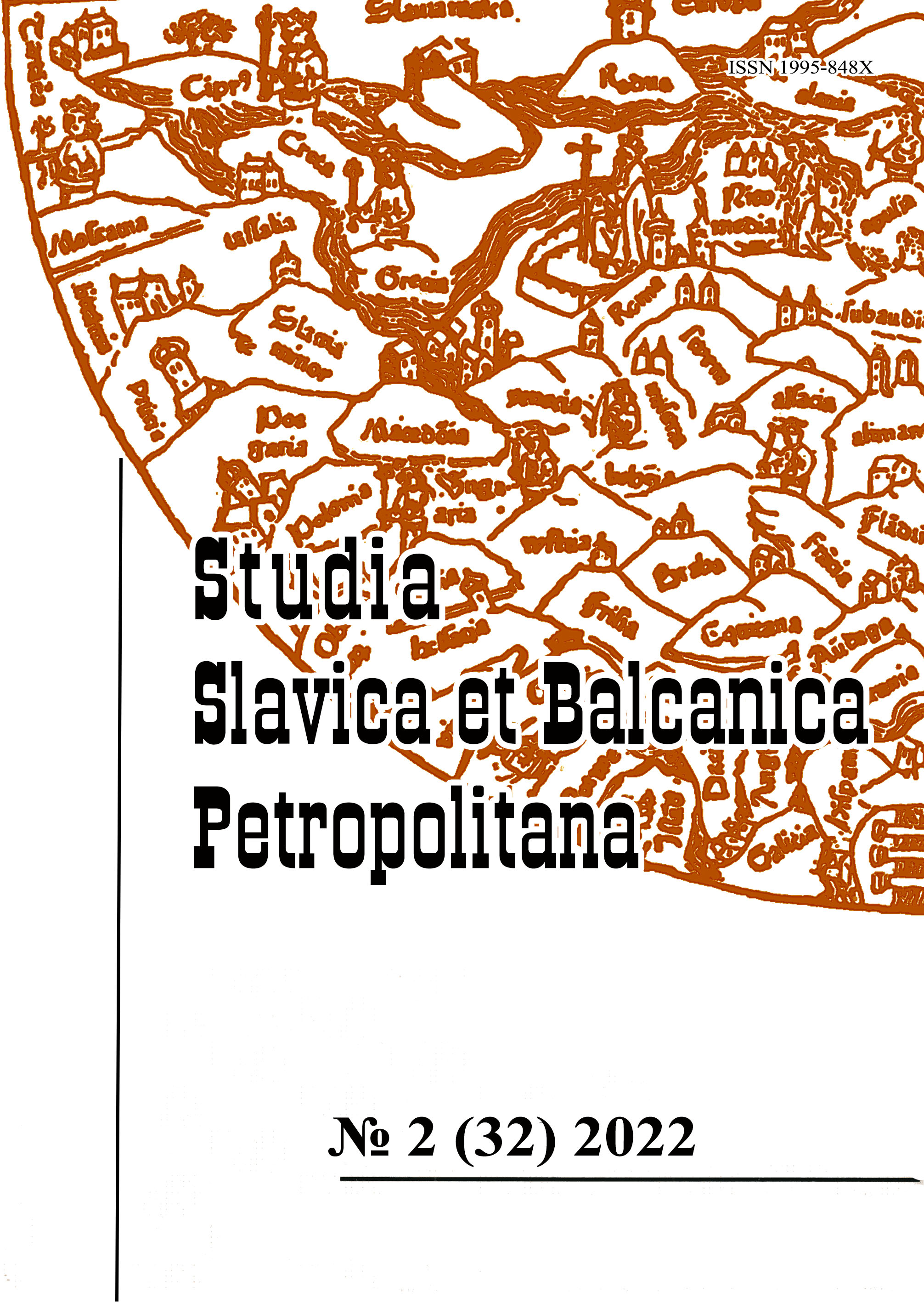Made in Yugoslavia: Goods from the «Sunny Side» of communism
Made in Yugoslavia: Goods from the «Sunny Side» of communism
Author(s): Sandra Cvikić, Ivana Žebec, Ivana Žebec ŠiljContributor(s): Zdravka Zlodi (Translator)
Subject(s): Cultural history, Economic history, Ethnohistory, Post-War period (1950 - 1989), History of Communism
Published by: Издательство Исторического факультета СПбГУ
Keywords: Yugoslavia; Borovo; Jugoplastika; Croatian consumer goods and industry;
Summary/Abstract: The changes caused by the introduction in Yugoslavia in the 1950s of the so-called «new economic system» were soon followed by the quest for improvement of living standard and then finally, by the rise of a consumer society. Namely, since mid-1950s two general directives became increasingly evident in federal year plans, especially in the five-year social development plan (1957–1961) – the living standard improvement and the increase in spending power of working population. At the same time development of heavy, basic industry was not more in the focus of economic policy and the economic planning, but a development of light industry and consequently an increase of production of consumer goods. The paper focuses on the consumer goods (and their afterlife) produced in kombinat Borovo and kombinat Jugoplastika, the Yugoslav largest producers of rubber (Borovo) and polymere (Jugoplastika) consumer goods. Borovo (previously Bata) situated in Vukovar, Croatia, was founded in 1931 and is still operating in smaller scale. In the interwar as well in the socialist era it was a synonym for footwear, especially work, leisure and free time footwear. Today, Borovo’s brand Startas is one of the favorites particularly among young people. Jugoplastika, on the other hand was one of the crests of Yugoslav postwar industrialization. It was foundedin 1952 in Split, Croatia, at a time when industrial production in Yugoslavia was starting to conform to a sort of hybrid consumerism. The Jugoplastika’s products were the indispensable part of happy childhood, summer vacations, wardrobe and even the famous Yugo automobile. In the process of transition and reform in 1990s kombinat Jugoplastika was first fragmented, filed for bankruptcy and finally removed from Registry. The products became dispensable and almost forgotten if they have not, just for a few days, resurfaced at the exhibition «Groundwork Jugoplastika» in 2011 in Split and during the action «Jugoplastika + supporting the memory» held in the eve of Jugoplastika’s would be 60th anniversary in 2012 in Split.
Journal: Петербургские славянские и балканские исследования
- Issue Year: 2022
- Issue No: 2 (32)
- Page Range: 209-227
- Page Count: 19
- Language: English

